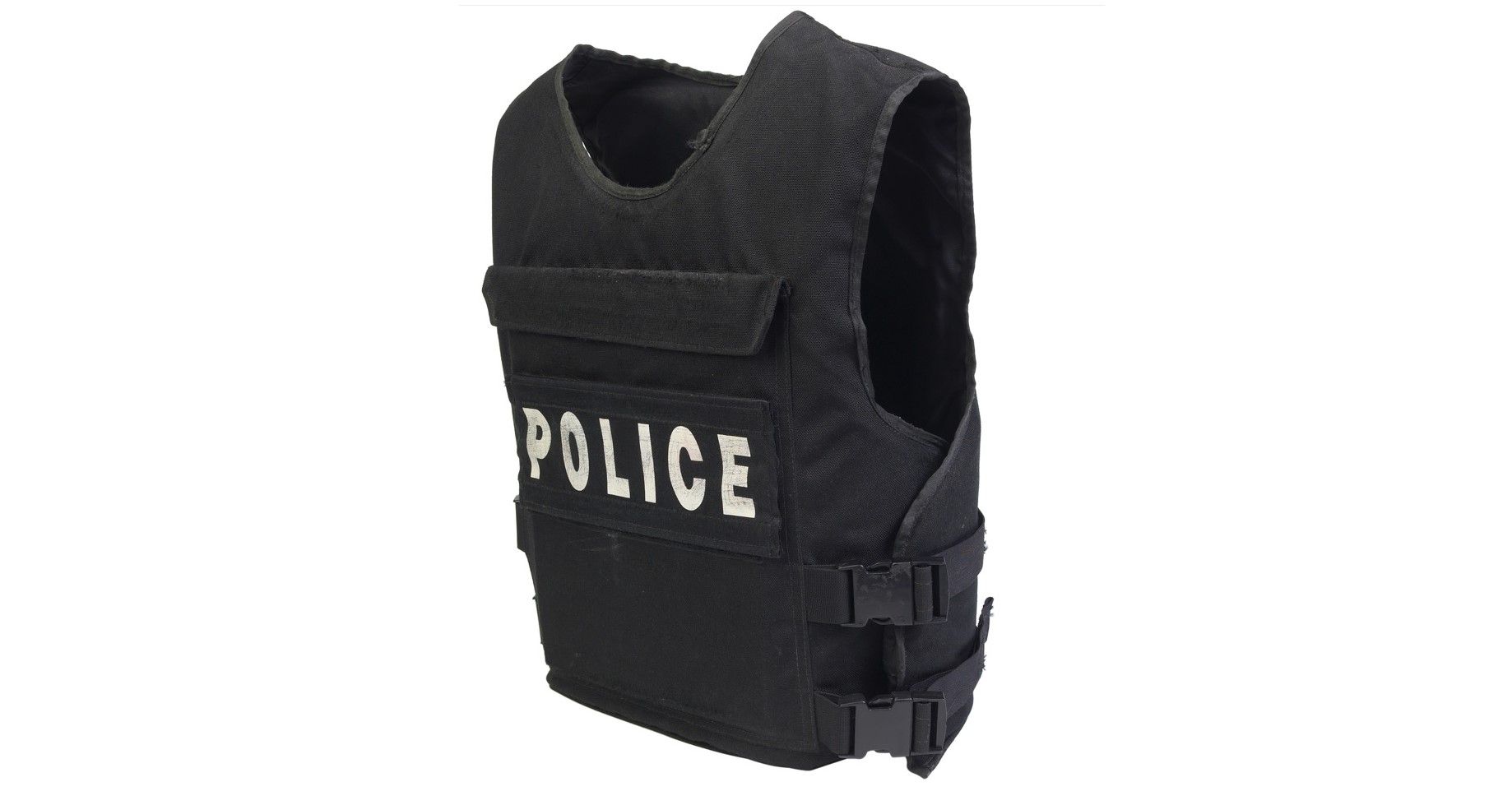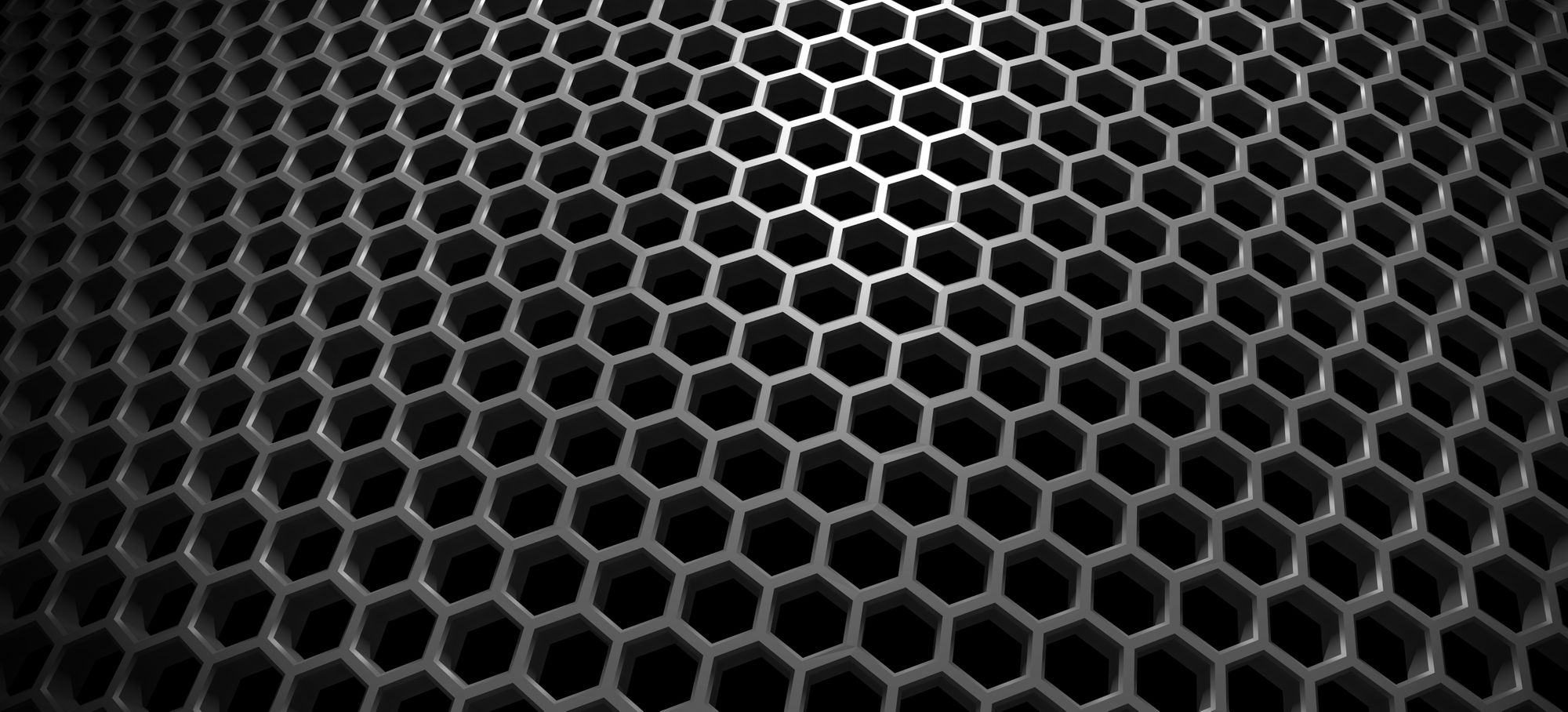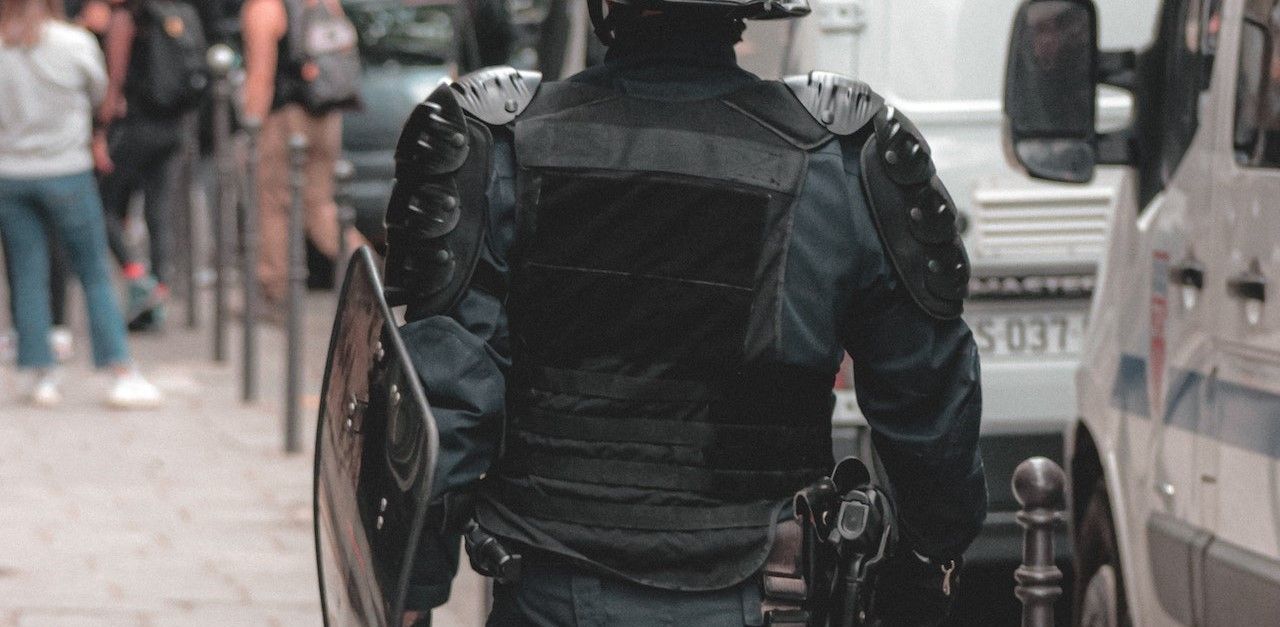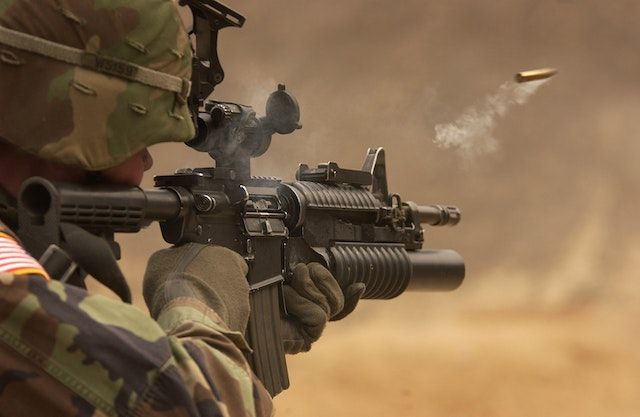The greatest improvements to body armour in recent years have been brought about through the application of nanotechnology.
Nanotechnology is the science of synthesizing and manipulating materials at a tiny scale. So small, in fact, that to be considered a nanomaterial at least one dimension must measure less than 100 nanometres (where a sheet of paper is about 100,000 nanometres thick).
Yet despite their small size, nanomaterials are the strongest materials known to science. When blended with conventional raw materials they can impart this strength (or other properties) to create a unique final product – often ideally suited to the manufacture of body armour.
As a recent study by the University of Georgia notes, “Due to their high surface area-to-volume ratios and unique structures, various nanomaterials show extremely high strength & modulus and outstanding energy absorption capability.”

In fact, a multitude of studies have shown that due to the low weighting required, nanomaterials used in composites for body armour and can enhance protection without compromising flexibility, bulk, or weight.
With this in mind, here is a review of the key nanomaterials used in modern impact protective clothing.
Carbon nanotubes
Due to their high aspect ratios, high tensile strength, extreme hardness, high stiffness, exceptional ductility, and low density, carbon nanotubes (CNTs) have a great deal of potential as materials for ballistic, high strength, and high energy absorption applications.
When CNTs are appropriately included, CNT-reinforced polymer matrix composites can be incredibly durable and effective ballistic materials.
To incorporate CNTs, researchers have used a variety of techniques, including Shear Thickening Fluids (STF) formation, epoxy crosslinking, direct bonding to fabrics, transferring pre-grown CNT forests to prepreg, stacking pre-grown electron-spun CNT forests with fabric sheets, growing CNTs on target fabrics, flocculating on nanofiber films with vacuum assistance, press-drawing-press-winding, stretch-drawing-press-winding, and spray winding.
This can provide excellent protection.

For example, research at Korea’s Semnan University states that, “[An] Izod impact test was conducted on Kevlar/epoxy/multi-walled carbon nanotube (MWCNT) composites with varying MWCNT amounts. The impact strength and energy absorption of the specimens with 0.5% MWCNT were found to be 45% and 27% higher than the neat composite due to its extra energy dissipation mechanisms such as CNT fracture, pull-out, and CNT/matrix bridging/coupling.”
Graphene
Studies have found that multilayer graphene can have a specific penetration energy tenfold higher than microscopic steel sheets.
For this reason, graphene laminates have been included in between layers of Kevlar-29 with extremely positive results. Most notably, in improved stability and reduced deformation after impact.
Similarly, when combined with layers of polyethylene, a single layer of graphene improved ballistic impact resistance eight-fold during tests at the University of Toronto.

To find out more about the conventional raw material options for manufacturing body armour read: Body Armour - the Conventional Raw Materials.
Nanoclays
Nanoclay is formed by layer upon layer of mineral silicates held together by weak physical forces, such as Van Der Waals force. In sheet form, nanoclays can be produced as thin as a single nanometre.
When combined with more conventional materials, nanoclays have been found to significantly improve body armour effectiveness.
For example, a study lead by the Technical and Vocational University (TVU) in Tehran found that a composite of E-glass woven roving and polyester resin improved considerably under high-velocity impact tests when as little as 1.5% wt% nanoclay was added.
To learn more about the application of nanomaterial in bullet-proof materials read: Polymer Composites Enhanced with Nanomaterials to Serve and Protect or Nanomaterials Provide Body Armour with Better Bullet-proofing
Fullerenes
A nanoscale form of carbon having a large spheroidal molecule consisting of a hollow cage of sixty or more atoms have also shown significant promise in adding bullet-proofing protection.
Polyhedral oligomeric silsesquioxane (POSS)
A 2013 study in this field published by the University of Tennessee focused on “... shockwave absorbing protective materials which can be used as liners in conjunction with current antiballistic materials by reinforcing thermoplastic polyurethane nonwovens with high modulus nanoparticles”. Finding that, “With optimized spray coating parameters, the storage and loss moduli of the C60 reinforced sandwich composite at 0.2% by weight loading were increased by 15 times over the control sample.”

Boron carbide (B4C)
A 2022 study published in the Journal of Materials Research and Technology found that, “… the reinforcement of boron carbide (B4C) nanoparticles into UHMWPE provided enhanced storage modulus (89%) and ballistic performance and decreased its crystallinity (sample with only 0.05 wt% B4C showed the lowest bullet penetration depth-50% vs. neat-70%).”
SiO2 nanoparticles
In 2019, researchers from India’s Defence Research and Development Organization (DRDO) created what they described as, “A new type of sandwich composite panels using 3D-mats with interconnected channels sandwiched between Kevlar® layers… The core of the panels were filled with high-performance 600 nanometre silica-based Shear Thickening Fluids (STFs) dispersed in polyethylene glycol of molecular weight 200 g/mol (PEG-200).” Testing with 9mm projectiles found, “… that the STF-incorporated sandwich composite panels could absorb 96.3% of the incident energy which accounts to 67.4% more energy absorbed and also a 61.26% increase in absorbed energy per unit increase in weight in comparison to the hollow sandwich composite panels.”
Other nanotechnologies
Similar studies have proven the practical application or theoretical advantages (through improved impact resistance, mechanical strength and/or energy absorption) by applying nanomaterials such as Nano-Al203, core-shell rubber nanoparticles, Nano-CaCO3, ZnO nanorods, halloysite nanotubes, and more.

These studies have proven that the smart application of nanofillers or nanocoatings can improve energy absorption capacity and boost impact resistance. Showing how nanotechnology can take ballistic materials to the next level with increased performance-to-weight ratios that will reduce trauma injuries.
That said, nanotechnology still faces challenges which – to date – have only partially been resolved. Most notably, these include:
· the uniform distribution of nanomaterials in polymer matrices
· poor fibre-matrix interfacial adhesion
For this reason, academic research, as well as practical experimentation is ongoing with major progress being made – especially in approaches to nanomaterial dispersal in polymers.
Today’s research is now focused on creating strong ballistic materials with more comprehensive properties, such as greater penetration resistance, decreased back face signature values, better energy absorption and dissipation capabilities, lighter weight, and improved comfort.
With nanomaterials offering solutions to some or all of these desired properties, it is evident that the key to improved body armour can be found in nanotechnology.
Photo credit: Freeimages, Joshua Fuller on Unsplash, kiwikong on Pixabay, Freeimages, Pexels, & Mathias Reding
